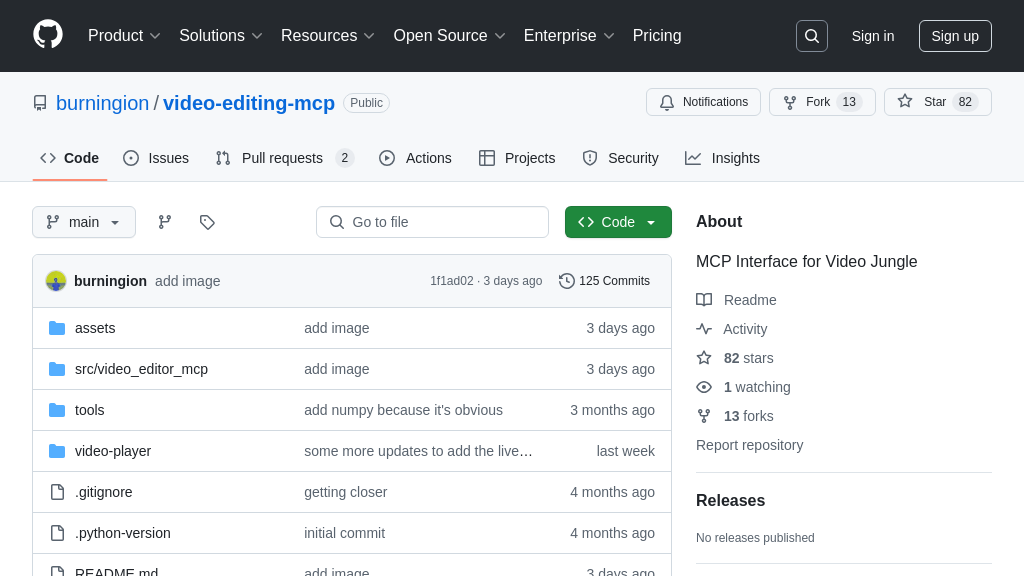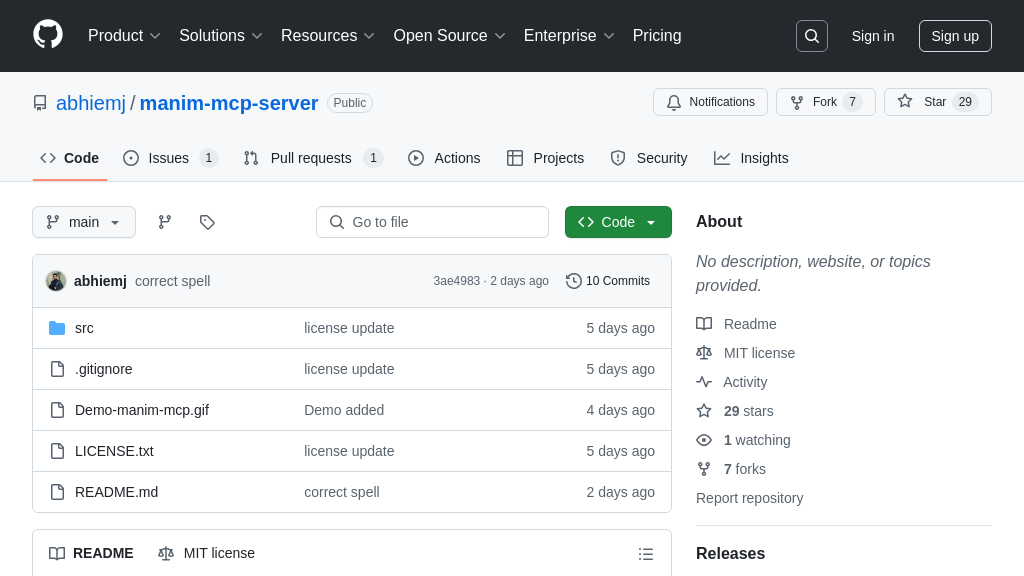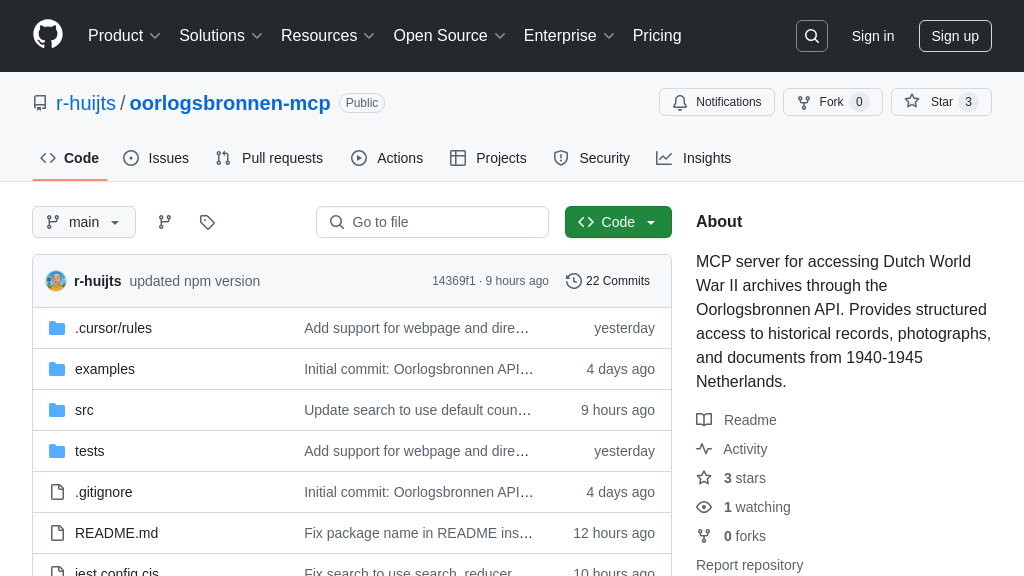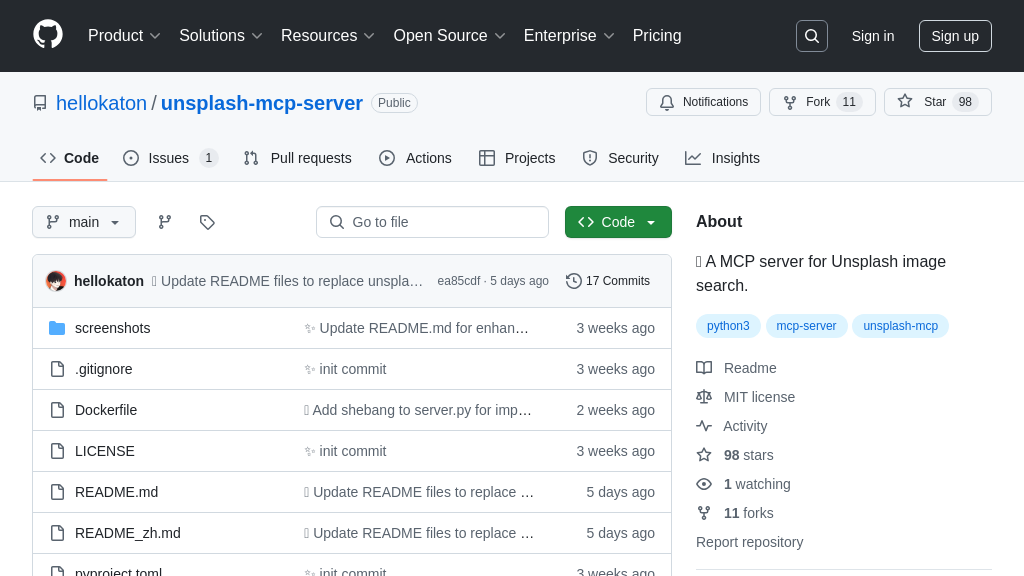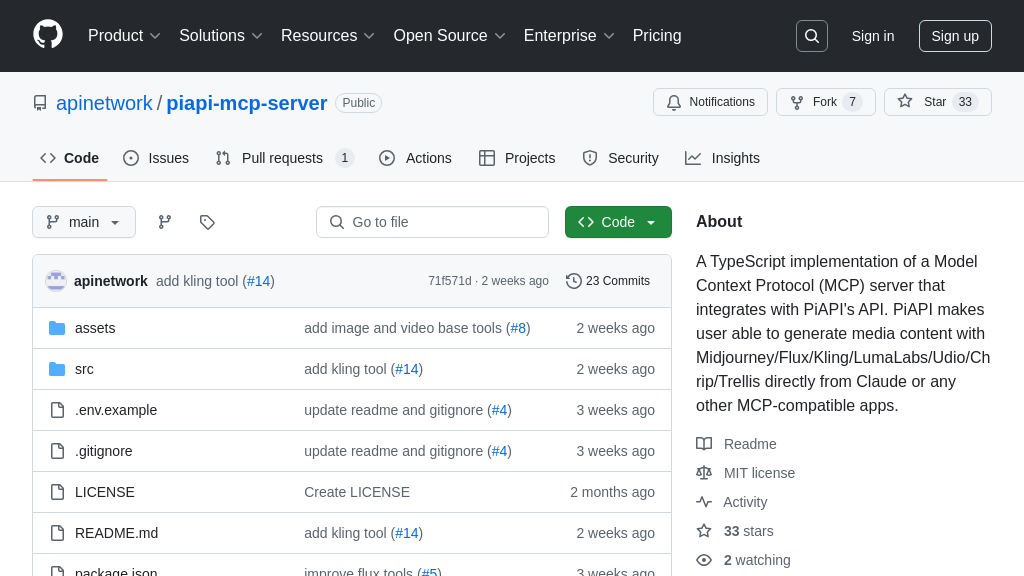nyt
NYTimes Article Search: An MCP server for AI models to access recent NYTimes articles via keyword search.
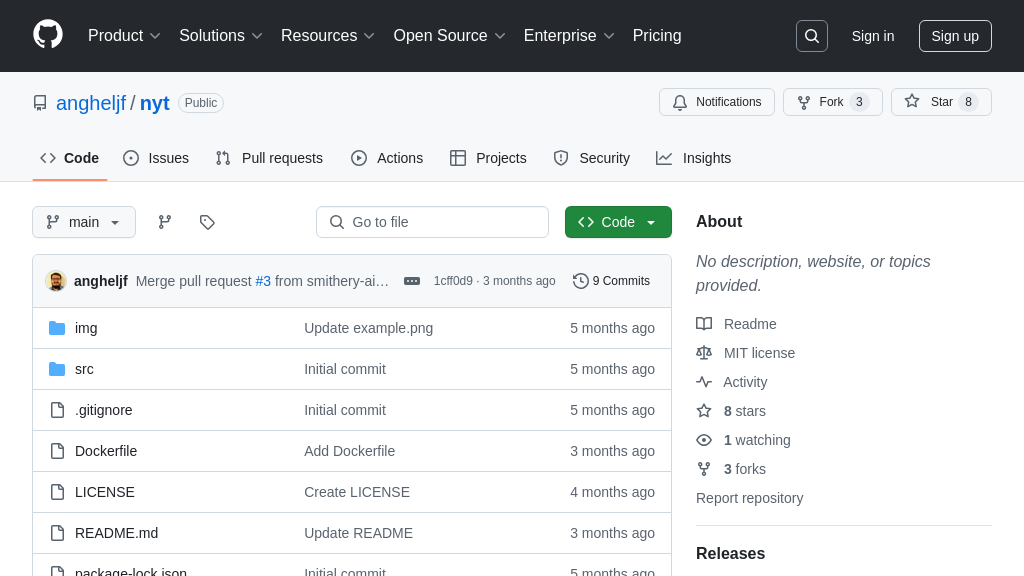
nyt Solution Overview
The NYTimes Article Search MCP server is a valuable tool for developers seeking to enhance AI models with real-time news data. As an MCP server, it provides a direct interface to the New York Times API, enabling AI models to access and process articles published within the last 30 days. Its primary tool, search_articles, accepts a keyword and returns a curated list of articles, complete with titles, abstracts, URLs, publication dates, and author information.
This server addresses the challenge of integrating current events into AI applications, allowing for informed and context-aware responses. By simplifying the process of accessing and structuring news data, it saves developers time and resources. The server is built with TypeScript and communicates via standard input/output, ensuring seamless integration with MCP-compatible clients like Claude Desktop. Installation is streamlined through Smithery or manual configuration, making it accessible to a wide range of developers. The core value lies in its ability to provide AI models with up-to-date, relevant information, enriching their functionality and user experience.
nyt Key Capabilities
Keyword-Based Article Search
The core functionality of the NYTimes Article Search MCP server revolves around enabling AI models to search for relevant articles from The New York Times. This tool, search_articles, accepts a keyword as a mandatory parameter. Upon receiving a keyword, the server queries the NYTimes API for articles published within the last 30 days that match the provided keyword. The server then structures the API response, extracting key information such as the article's title, abstract, URL, publication date, and author. This curated information is then returned to the AI model in a structured format, allowing the model to process and utilize the information effectively.
For example, an AI model tasked with summarizing current events related to "artificial intelligence" could use this tool to retrieve a list of recent NYTimes articles on the topic. The model can then analyze the returned data to generate a concise and up-to-date summary. This functionality is crucial for AI models requiring real-time information retrieval and analysis capabilities. The server uses the NYTimes API and requires an API key for authentication.
Structured Article Data Output
The NYTimes Article Search MCP server not only retrieves articles but also structures the output in a consistent and easily parsable format. This is a critical feature for AI models, as it eliminates the need for complex data extraction and cleaning processes. The server returns a list of articles, with each article containing the title, abstract, URL, published date, and author. This standardized structure allows AI models to quickly access and utilize the information without needing to account for variations in data format.
Consider a scenario where an AI model is designed to perform sentiment analysis on news articles. The structured output provided by this MCP server allows the model to directly input the article abstract and title into its sentiment analysis engine, without needing to first parse the raw HTML or JSON response from the NYTimes API. This significantly streamlines the workflow and improves the efficiency of the AI model. The server formats the JSON response before sending it back to the client.
MCP Inspector Integration
Debugging MCP servers that communicate over standard input/output (stdio) can be challenging. The NYTimes Article Search MCP server addresses this issue by providing seamless integration with the MCP Inspector. The MCP Inspector is a debugging tool that allows developers to inspect the communication between the AI client and the MCP server. By running the npm run inspector command, developers can access a URL that opens the Inspector in their browser.
This integration is invaluable for troubleshooting issues, understanding the flow of data, and ensuring that the server is functioning correctly. For instance, if an AI model is not receiving the expected results from the server, the developer can use the MCP Inspector to examine the requests being sent to the server and the responses being returned. This level of visibility significantly simplifies the debugging process and reduces the time required to resolve issues. The inspector acts as a proxy, logging all messages that are sent between the client and server.
